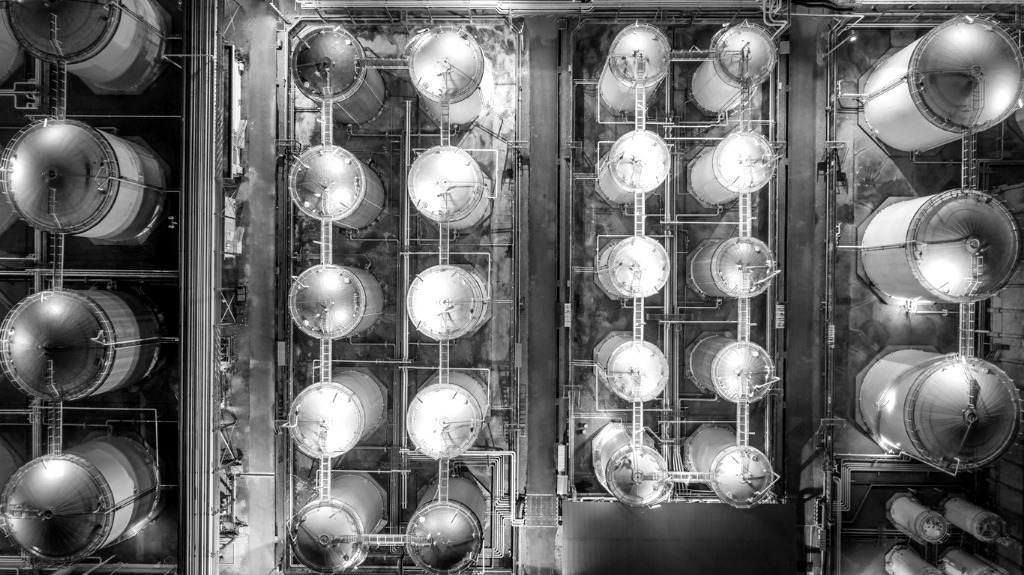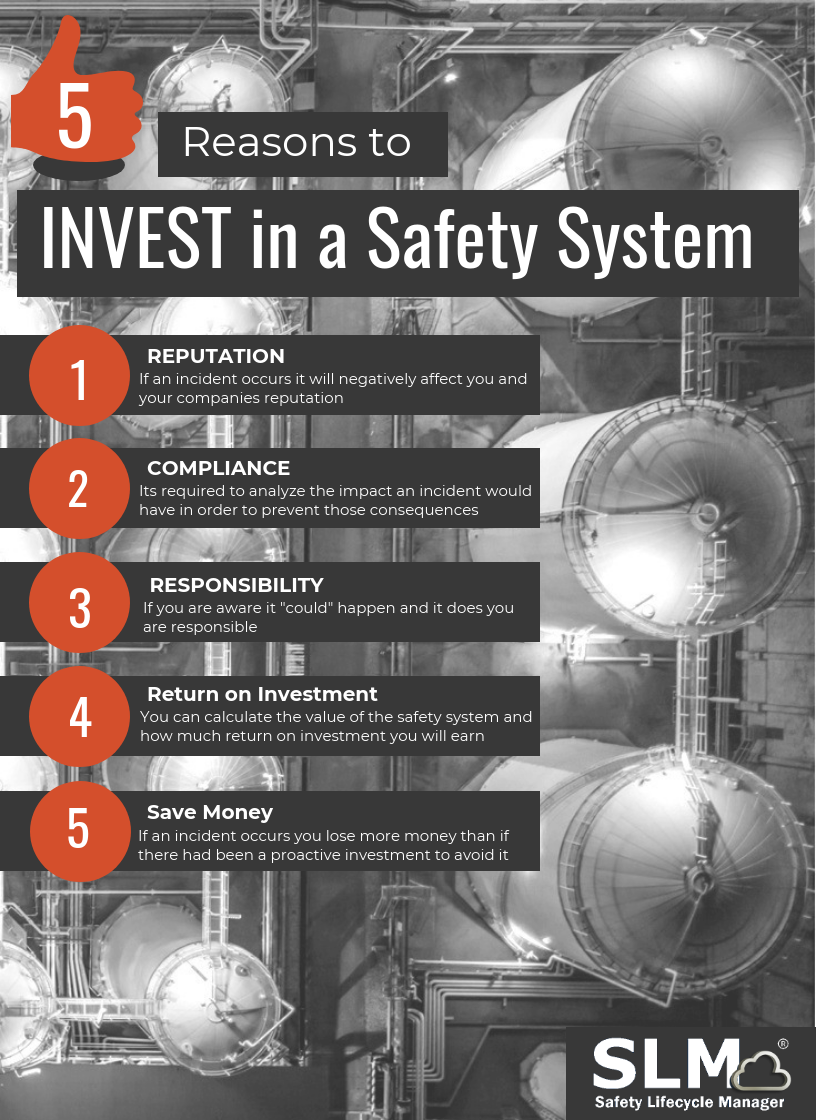5 Reasons You Should Invest in a Safety System (other than Safety)

When it comes to Safety Systems, there are two perspectives:
Those who have experienced a major incident VS those who have not.
Most of those who have experienced a major incident have no desire to experience another one. Those who have not are often unable or unwilling to recognize that they could be next. Unfortunately, these people far outnumber the enlightened, and more unfortunately they tend to overpopulate corporate management levels meaning they also control the budgets.
If you think “it won’t happen to me”, the perspective you’re taking is most likely a financial one, and short term financial at that. Therefore, aside from the “its illegal” and safety is a requirement argument, a financial argument also needs to be made. Safety can be looked at as an investment for many reasons (the list below is listed in no particular order of importance):
- Reputation: Major incidents, while infrequent, costs lots and lots of money and can mess up your reputation for years. They can put you out of business and may have severe personal impact.
- Compliance: HAZOP and LOPA procedures will tell you the exact consequences, how likely these incidents are to occur, and how much impact the consequences could have. You can save more money proactively preventing losses rather than the expense of reacting which can be way more expensive and time consuming.
- Responsibility: The argument may be made that the likelihood is “remote”. Often this is code for “Won’t happen while I am here”. The real value is realized when you add up the returns for all of the Safety Systems at a Site or in an Enterprise. The probabilities now become a certainty that one or more of the Safety Systems will have to function. So, it WILL happen while you are here.
- Return on Investment (ROI) : If you multiply the cost of a consequence by the unmitigated probability of it occurring you get a value of that incident. Do the same thing with the probability adjusted for the presence of a Safety System you get a mitigated value. The difference is value of the Safety System. You can calculate a Return on Investment from that value for major consequences, it’s usually the best ROI you will find anywhere.
- You save Money! : When a significant number of systems are considered, the value of Safety Systems is certain and can be calculated. It’s likely that a few Safety Systems will pay for the installation and maintenance of all the others, and possibly several times over.
If the management of an Enterprise or Site remains intransigent, it’s probably time to document who made the decision and then go find somewhere else to work. It’s probably not safe where you work now. It’s a sad thing, but very real, that some people just “have to have an incident”.
FREE DOWNLOAD: Learn more about the business reasons supporting investment in an integrated Safety Lifecycle Management program.

Rick has a BS in Chemical Engineering from the University of California, Santa Barbara and is a registered Professional Control Systems Engineer in California and Colorado. Rick has served as a member and chairman of both the API Subcommittee for Pressure Relieving Systems and the API Subcommittee on Instrumentation and Control Systems.